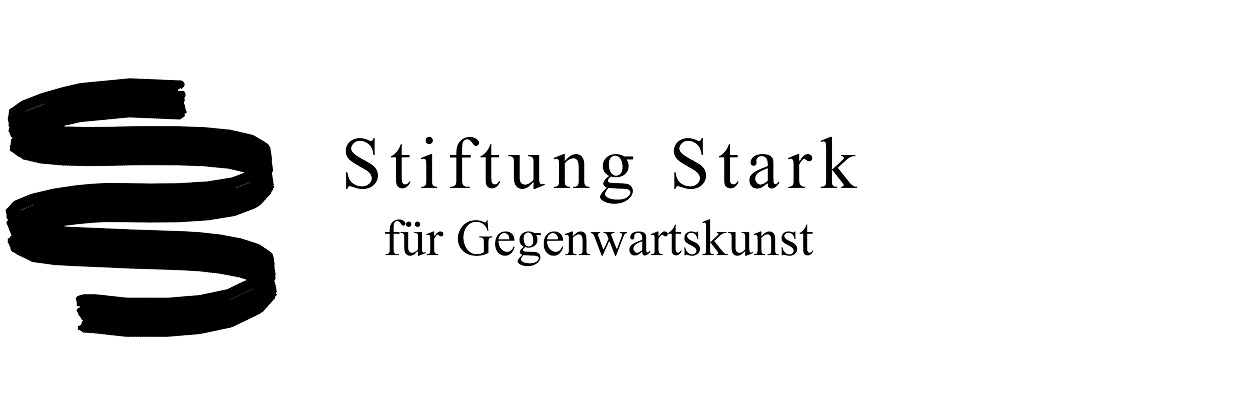The ground dry and dusty. A derelict house surrounded by a high chain-link fence. Everything of any value or utility stolen. Neither present nor future seem to exist, only that which once was. The yellow flowers are all that testify to the here and now.
Having fled from the civil war in their own country, Angolan men in the refugee camps of Namibia faced the choice of returning home or joining the South African apartheid government’s military. Return was out of the question; they opted for the army. They were ordered to find an Angolan refugee woman to marry and start a family within a month. Their battalion, the 32, also known as the “Buffalo Battalion,” was deployed in the struggle against Namibians and Angolans striving for independence. With the end of the Cold War and Namibia’s imminent independence, the soldiers were transferred to Pomfret in the Kalahari Desert in northwestern South Africa in 1989. Now they had to help quell activist revolts in the townships. In 1993, shortly before the official end of apartheid, the battalion was disbanded and the men put to work in asbestos mining. Then the South African government decided in 2004 to demolish Pomfret and resettle its 5,000 residents, allegedly because of the health risks posed by asbestos. The real reason was probably the participation of several mercenaries in overthrowing the president of Equatorial Guinea. The police station, hospital, post office, and swimming pools were closed, and the water and power supply were shut down. But the people stayed regardless. Always forced to fight on the wrong side, the rest of society despised them. Continually uprooted for years, having only just begun to gain a foothold, life in the isolated Portuguese-speaking community seemed the only way forward. Approximately 1,000 people live in Pomfret to this day.
This exhibition shows works of art by Helena Uambembe.
The exhibition is called: Blooming in Stasis 25.8230° S, 23.5312° E.
The title means: changing and standing still.
The numbers in the title are coordinates.
Coordinates show us exactly where we can find a place in the world.
The numbers in the title are the coordinates
for the city of Pomfret in South Africa.
The floor is dusty and dry.
A high wire-mesh fence goes around a house.
The house is old and broken.
All the expensive things are gone.
Somebody has taken all the things away.
This place has no today, no tomorrow and no future.
The place only has things that are left behind.
Only the yellow flowers bloom.
The exhibition tells us a story about soldiers.
It is a story about war and crimes in the south of Africa.
Angola is a country in Africa.
In the past, there was a civil war in Angola.
A civil war occurs when different groups of people in one country
fight with each other.
Many people in Angola were afraid of the war.
They left Angola and went to Namibia.
Namibia is a country next to Angola.
The people from Angola went to a camp in Namibia.
They had to decide whether to go back to Angola or become soldiers.
Most men did not want to go back, and they became soldiers in Namibia.
The soldiers from Angola had to get married after one month.
The women had to come from Angola, too.
They had also run away from the war.
At that time, not all the people in South Africa had the same rights.
The people in South Africa were separated by the color of their skin.
Black people had very few rights, and they were not accepted in society.
Although there were more black people in South Africa than white people.
That is called Apartheid.
Apartheid existed in South Africa from around 1900 until the early 1990s.
There were two wars in Africa: One war between South Africa and Namibia
and another war between South Africa and Angola,
because Namibia and Angola wanted to be free.
In 1989, the soldiers from South Africa had to go away.
Namibia should be a free country.
In Europe, the Cold War ended in 1989.
A cold war is a situation between two countries
who are not friendly
but are not actually fighting against each other with weapons.
The countries of the Western world wanted capitalism.
That is an economic system in which a country’s businesses and
industry are run for profit by private owners.
The countries in the Eastern world wanted socialism,
a political system that is based on the belief that
the government should own and control the main industries.
And some countries in Africa wanted socialism
and some countries wanted capitalism.
The soldiers from Angola had to go to Pomfret
to fight against the black people in the northwest of South Africa.
Black people protested on the streets.
More people said: There should be no separation of black and white people.
In 1993, the soldiers from Angola didn’t have to fight anymore.
The former soldiers now had to work in a mine and mine for asbestos.
Asbestos is a material for building, for example, houses, roofs and floors.
Later, people found out that asbestos is poisonous.
In 2004, the government of South Africa decided: We will tear down Pomfret.
5,000 people were living there and had to move to other homes.
Many buildings were closed, for example, the police station and the hospital.
There was no electricity or water.
Many people decided to stay, nevertheless.
They knew that many other people didn’t like them.
The former soldiers and their families had no other home
and they spoke Portuguese.
Language connects the people of Pomfret.
The place in the desert is their home, it is much more a home than Angola.
The former soldiers cannot go back.
Today, around 1,000 people live in Pomfret.
Helena Uambembe made this work of art for ZOLLAMT MMK.
It is her first exhibition in a museum outside of Africa.
The work of art is so big that it fills a whole room.
In 2022, Helena Uambembe got a very important art award:
The Baloise Art Award.


